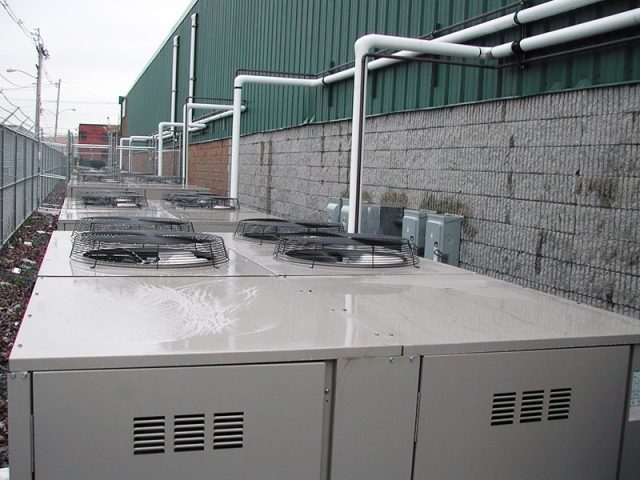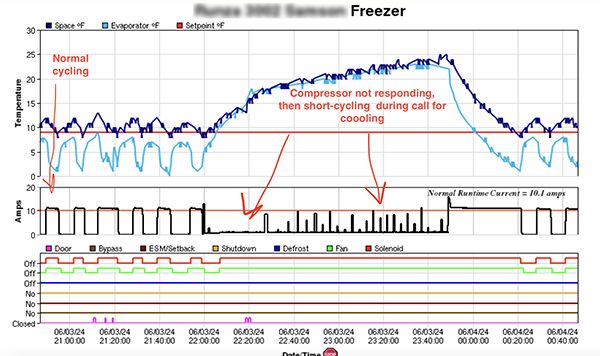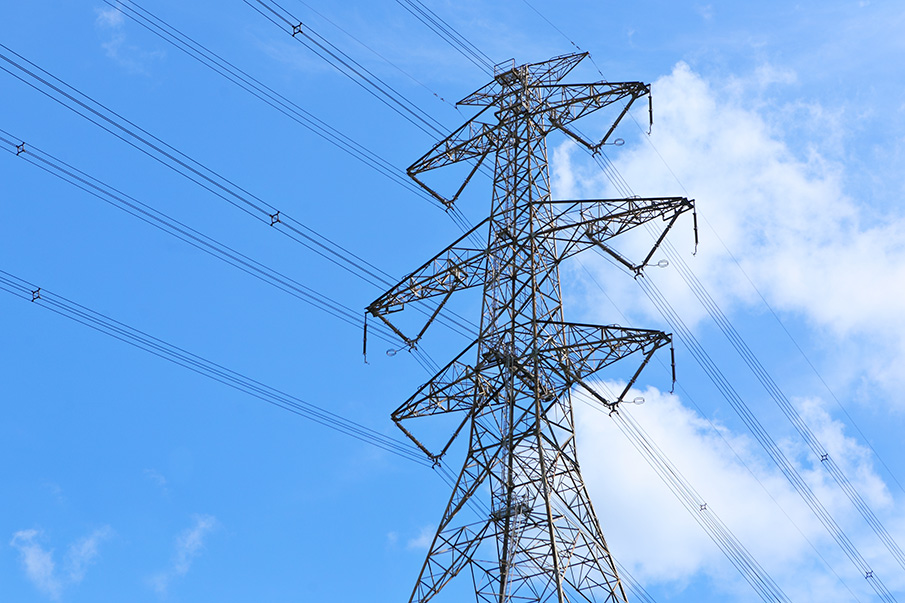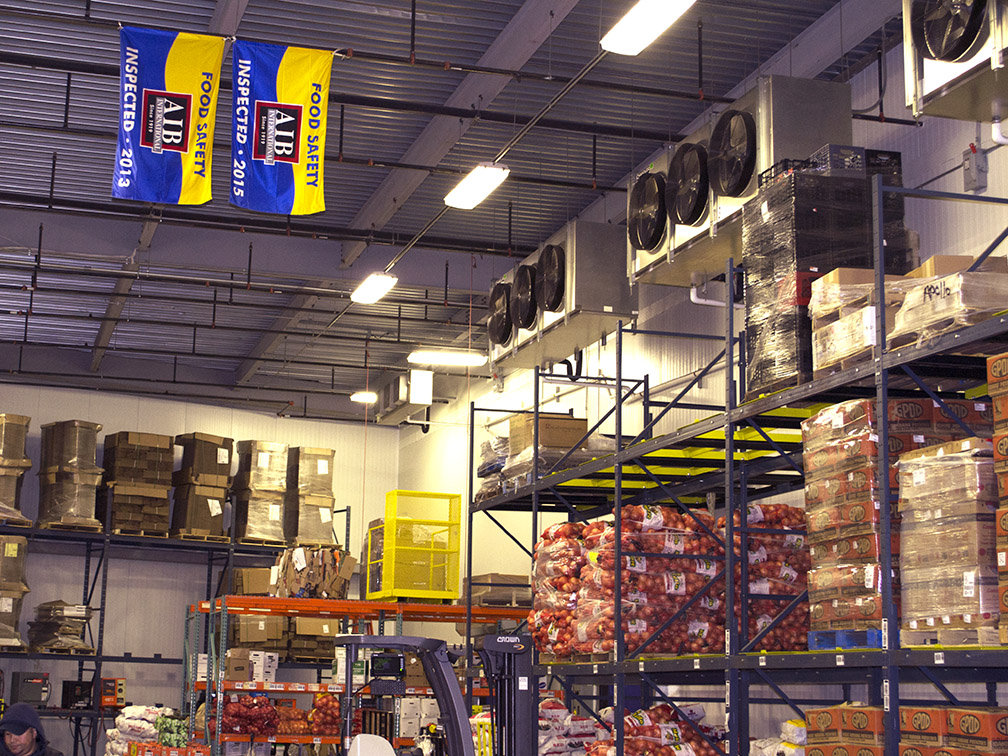We focus a lot on commercial refrigeration in this blog and in our daily business, as this is often the area of energy management that can see the greatest gains by adopting more efficient practices. But it’d be foolish to ignore HVAC and lighting as slices of the “energy consumption pie” and not recognize them as viable areas where you can save money on utility bills. In this blog post, we present six DIY ways you can improve the energy story of your commercial HVAC and lower your energy costs.
Behind refrigeration, HVAC (heating, ventilation and air condition) is the most energy-intensive mechanism in commercial and industrial spaces. In the average commercial building, HVAC accounts for 15% of the building’s energy consumption1. And up to 30% of that is wasted energy according to data provided by the U.S. Department of Energy2.
Clearly, this is an area where the opportunity of cost reduction and improving overall energy efficiency exists. Add in the fact that there are do-it-yourself, cost-effective measures to get headed down the right path and it’s a no-brainer.
So without further ado, here are six things you can start doing today:
1. HVAC Temperature Setbacks.
This measure seems like one of those common sense items that is so common sense it never enters our brain. When the office or store is closed/empty, turn down temperature set points in warming seasons, and turn them up in cooling seasons.
Individually, it might not seem like a much of a difference-maker, but the compound effect could be hundreds of dollars on your energy costs.
2. Change the Filters Regularly.
Proper preventative maintenance and periodical cleaning is a sure-fire way to keep your HVAC unit running at its best and thus keeping the costs associated with it lower. Filters should be changed monthly but more often if the space cooling system is located in high-debris environments: construction site, near a highway, production line, etc.,.
3. HVAC System “Tune-up.”
Much like a car, being proactive and having the system inspected multiple times a year will not only ensure proper functionality but could also reveal a component issue that may be nearing a mechanical breakdown, potentially costing you thousands of dollars in repair or replacement. These types of “tune-up” inspections include airflow, fans, and tubing, to name a few.
“Proactive maintenance of your building’s HVAC system helps you lower upkeep costs by as much as 40%. At the same time, studies show that optimal HVAC performance affects the health, comfort, and productivity of the building, while also helping you prepare for commercial time-of-use billing.3”
4. Properly Seal Heating and Cooling Ducts.
Unwanted airflow entering or exiting your HVAC system could be wasting energy daily thus growing your costs.
“Ducts can be sealed using mastic, foil tape or blown-in duct sealant, such as Aeroseal. The sealing effect is further improved by wrapping the ducts in insulation. Focus first on areas of the building that are unprotected – underneath the building or in unheated/cooled storage spaces.4”
5. Ensure Recommended Refrigerant Levels are met.
Similar to commercial refrigeration systems, if your HVAC has too much or too little refrigerant it can adversely affect the energy consumed and cause your utility bill to be higher. This isn’t even accounting for the potential future problems of a system failure as a result. Always refer to the manufacturer’s recommended levels and ensure they’re met.
6. Chiller Tube Cleaning.
Much like a dirty filter can hinder performance and increase energy consumption, soiled chiller tubes can be harmful to your system’s operation. According to the Institute for Building Efficiency, “microbes in the chiller tube bundle reduce heat transfer. Reduction in heat transfer can be compounded by the formation of scale or iron deposits on the microbe site. The increase in temperature difference needed to overcome the heat transfer losses increases energy consumed.6”
Tube cleaning can be achieved through a water treatment program.
There are a number of additional ways you can lower your HVAC system’s energy consumption but what we are really trying to relay is that it begins simply by increasing awareness of how the system is operating. Scrutinize your utility bill and then slowly but surely incorporate some of the DIY measures here, and in other resources, and then compare with the next couple of months’ billed usage.




